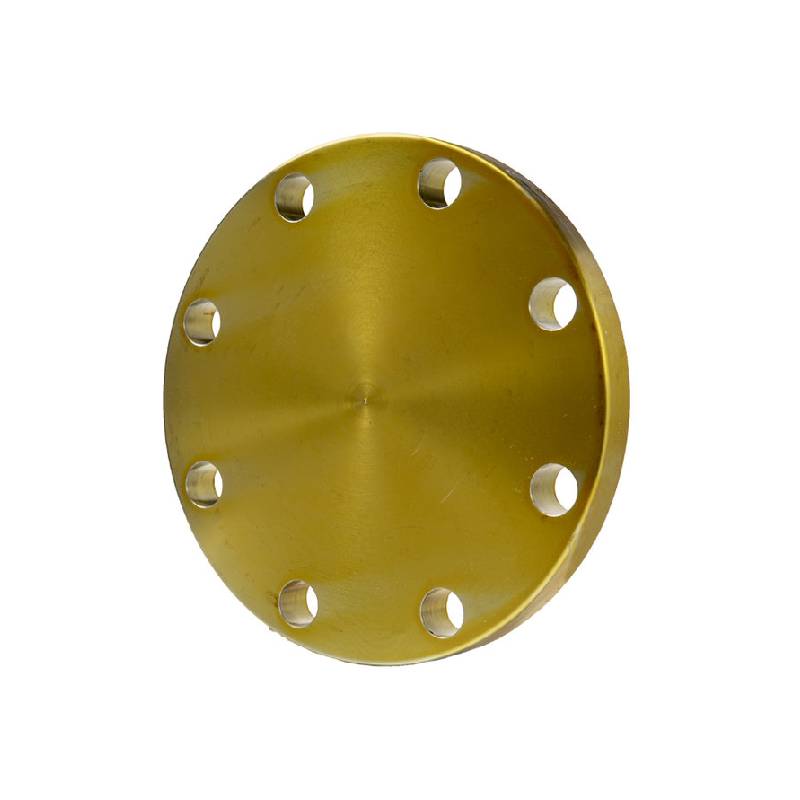-
Cangzhou Yulong Steel Co., Ltd.
-
Phone:
+86 13303177267 -
Email:
admin@ylsteelfittings.com
- English
- Arabic
- Italian
- Spanish
- Portuguese
- German
- kazakh
- Persian
- Greek
- French
- Russian
- Polish
- Thai
- Indonesian
- Vietnamese
- Zulu
- Korean
- Uzbek
- Hindi
- Serbian
- Malay
- Ukrainian
- Gujarati
- Haitian Creole
- hausa
- hawaiian
- Hebrew
- Miao
- Hungarian
- Icelandic
- igbo
- irish
- Japanese
- Javanese
- Kannada
- Khmer
- Rwandese
- Afrikaans
- Albanian
- Amharic
- Armenian
- Azerbaijani
- Basque
- Belarusian
- Bengali
- Bosnian
- Bulgarian
- Catalan
- Cebuano
- China
- China (Taiwan)
- Corsican
- Croatian
- Czech
- Danish
- Esperanto
- Estonian
- Finnish
- Frisian
- Galician
- Georgian
- Kurdish
- Kyrgyz
- Lao
- Latin
- Latvian
- Lithuanian
- Luxembourgish
- Macedonian
- Malgashi
- Malayalam
- Maltese
- Maori
- Marathi
- Mongolian
- Myanmar
- Nepali
- Norwegian
- Norwegian
- Occitan
- Pashto
- Dutch
- Punjabi
- Romanian
- Samoan
- Scottish Gaelic
- Sesotho
- Shona
- Sindhi
- Sinhala
- Slovak
- Slovenian
- Somali
- Sundanese
- Swahili
- Swedish
- Tagalog
- Tajik
- Tamil
- Tatar
- Telugu
- Turkish
- Turkmen
- Urdu
- Uighur
- Welsh
- Bantu
- Yiddish
- Yoruba

Oct . 30, 2024 15:25 Back to list
seamless tube dimensions
Understanding Seamless Tube Dimensions
Seamless tubes are a pivotal element in various industrial applications, primarily due to their strength, durability, and ability to withstand high pressures and extreme temperatures. The dimensions of seamless tubes are critical not only for their structural integrity but also for their compatibility with different equipment and fittings. This article aims to provide a clear overview of seamless tube dimensions, emphasizing their importance in manufacturing and engineering sectors.
Seamless tubes are produced without any welding, making them a preferred choice in demanding applications such as oil and gas, aerospace, and automotive industries. The absence of seams in their construction means that they are less prone to failure under pressure, which is essential for safety-critical applications.
When discussing seamless tube dimensions, three primary measurements are often considered outer diameter (OD), wall thickness, and length. The outer diameter is the measurement of the tube from one outer edge to the other, which influences the tube's ability to accommodate various fittings and attachments. Wall thickness is equally important as it affects the pressure tolerance and overall strength of the tube. Thicker walls typically provide greater strength but can also add weight, which might not be suitable in all applications.
seamless tube dimensions

The length of seamless tubes can vary significantly depending on the specific requirements of the project. They can be produced in standard lengths or custom-cut to meet specific needs, which is particularly beneficial in bespoke engineering solutions. Common lengths for seamless tubes range from 6 meters to 12 meters, although longer lengths can also be manufactured upon request.
Another important aspect of seamless tube dimensions is the international standards that govern them. Organizations such as ASTM (American Society for Testing and Materials) and ISO (International Organization for Standardization) provide guidelines to ensure consistency and reliability in the production of seamless tubes. These standards cover various dimensions, including tolerances for outer diameter and wall thickness, which help to ensure compatibility and safety in engineering applications.
In addition to these primary dimensions, seamless tubes may also come in different grades and materials, such as stainless steel, carbon steel, and alloy steel. Each material has its own properties, influencing the tube's performance in specific environments. For instance, stainless steel seamless tubes offer excellent corrosion resistance, making them ideal for chemical processing applications.
In conclusion, understanding the dimensions of seamless tubes is crucial for ensuring their effective use in various applications. By adhering to established standards and carefully considering outer diameter, wall thickness, and length, industries can ensure optimal performance and safety. As technology evolves, so too will the specifications and applications of seamless tubes, highlighting the importance of staying informed about the latest trends and developments in this vital sector.
Latest news
-
ANSI 150P SS304 SO FLANGE
NewsFeb.14,2025
-
ASTM A333GR6 STEEL PIPE
NewsJan.20,2025
-
ANSI B16.5 WELDING NECK FLANGE
NewsJan.15,2026
-
ANSI B16.5 SLIP-ON FLANGE
NewsApr.19,2024
-
SABS 1123 FLANGE
NewsJan.15,2025
-
DIN86044 PLATE FLANGE
NewsApr.19,2024
-
DIN2527 BLIND FLANGE
NewsApr.12,2024
-
JIS B2311 Butt-Welding Fittings LR/SR 45°/90° /180°Seamless/Weld
NewsApr.23,2024











